

Showing 121 - 140 of 182 results


Role at ANSTO
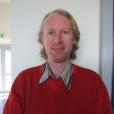
Role at ANSTO
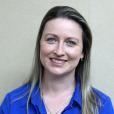
Role at ANSTO

Anonymised Review
ANSTO has agreed to participate in an Australian trial of a review of research infrastructure access proposals in which applicants remain anonymous to aid the removal of structural barriers to the career progression of Women in STEM.
Nanoprobe beamline (NANO) - under construction
The BRIGHT Nanoprobe beamline provides a unique facility capable of spectroscopic and full-field imaging. NANO will undertake high-resolution elemental mapping and ptychographic coherent diffraction imaging. Elemental mapping and XANES studies (after DCM upgrade) will be possible at sub-100 nm resolution, with structural features able to be studied down to 15 nm using ptychography.

Dr David Boardman is the Chief Technology Officer & Principal Scientist for Detection & Imaging.
Small Modular Reactors: An overview

Big Ideas
ANSTO Big Ideas encourages students to creatively communicate the work of an Australian scientist, and explain how their work has inspired them to come up with a Big Idea to make our world a better place. This competition is intended to engage and support Australian students in years 7-10 in Science and encourage them to pursue studies and careers in STEM.

Bob Ring is a Principal Consultant within ANSTO's minerals area.
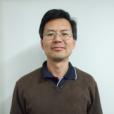
I’m an electronics technician working with the Data Acquisition and Electronics Group to assist in the design, development, installation and commissioning of neutron instrument electronic systems as part of NBI2 project. My role also includes deve
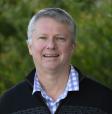
Role at ANSTO
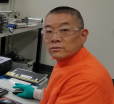
Role at ANSTO
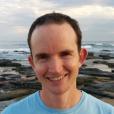
Role at ANSTO

User Meeting 2020 Invited Speakers
The User Advisory Committee (UAC) are pleased to present this year's invited speakers.

Role at ANSTO
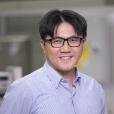
Role at ANSTO

Role at ANSTO

United Uranium Scholarship - Guidelines
This scholarship recognises outstanding ability and promise in the field of nuclear science and technology, specifically as it applies to nuclear energy. Successful applicants will demonstrate a history of interest in nuclear energy and a desire to continue this interest.
